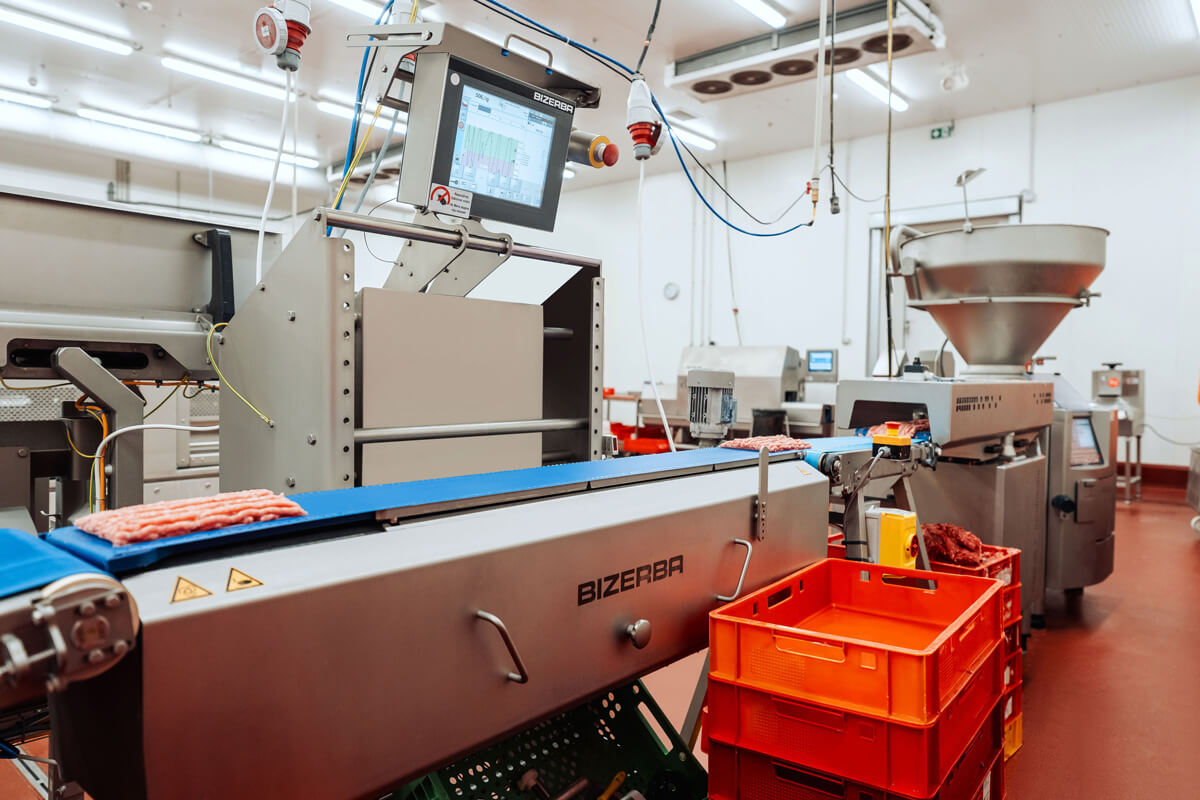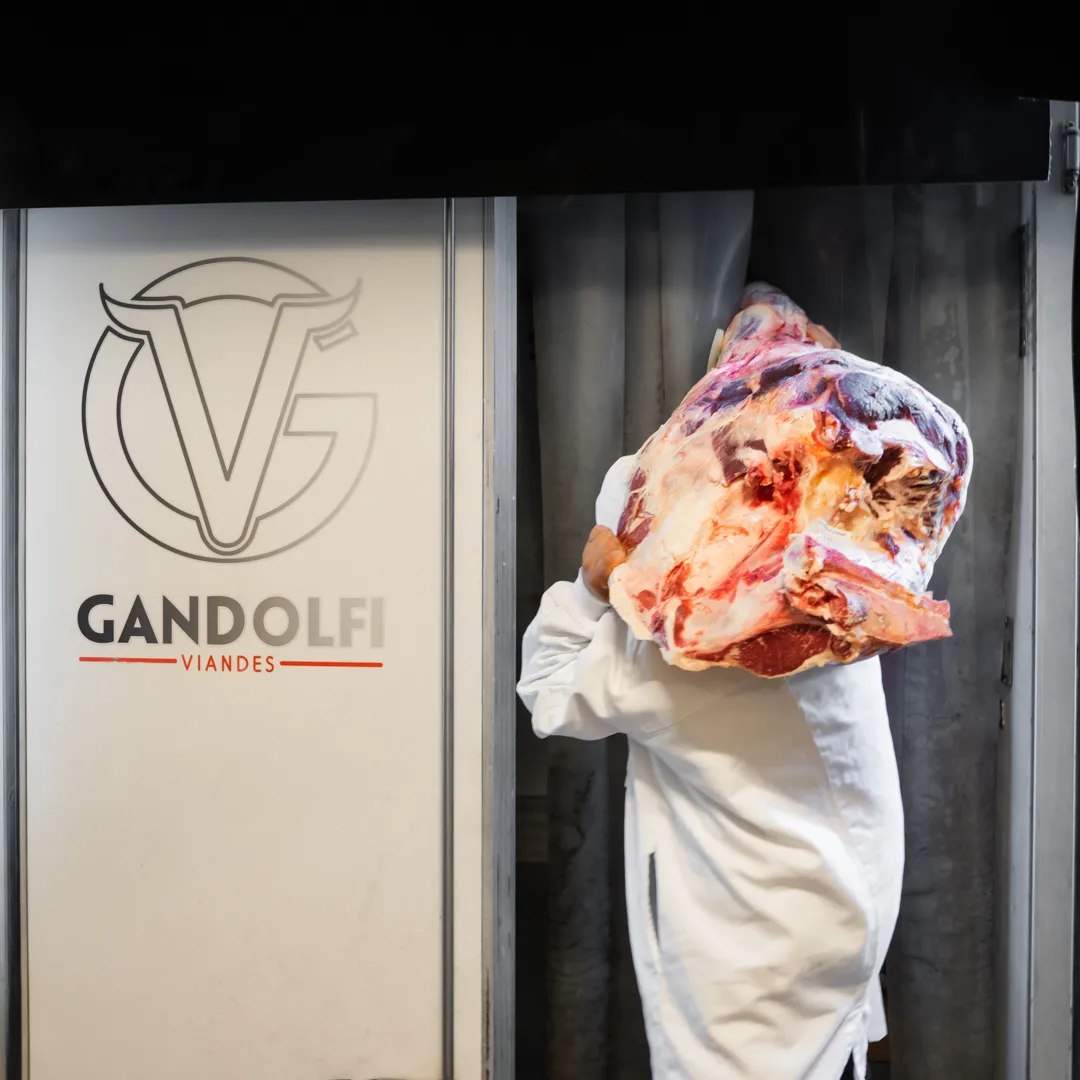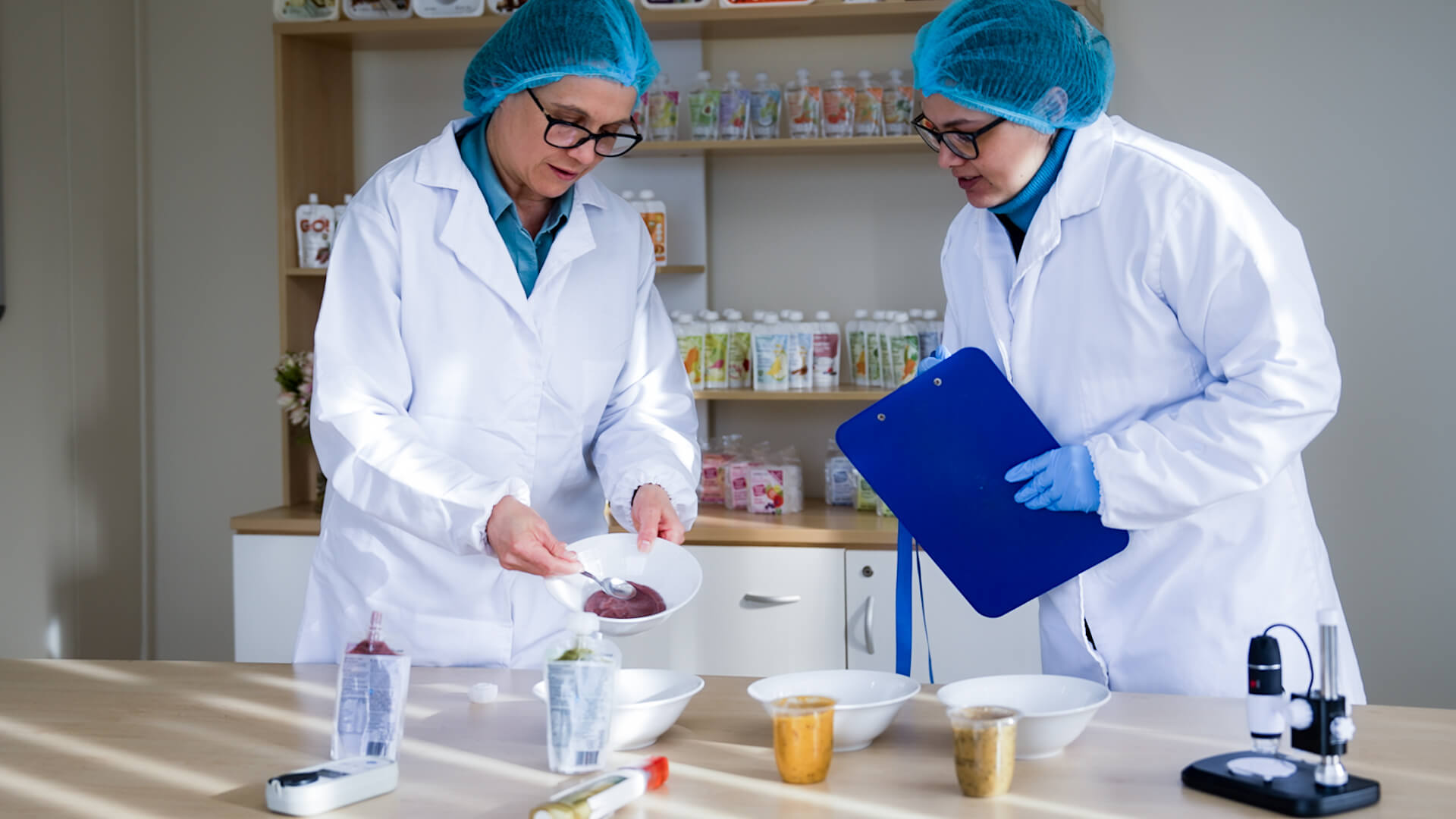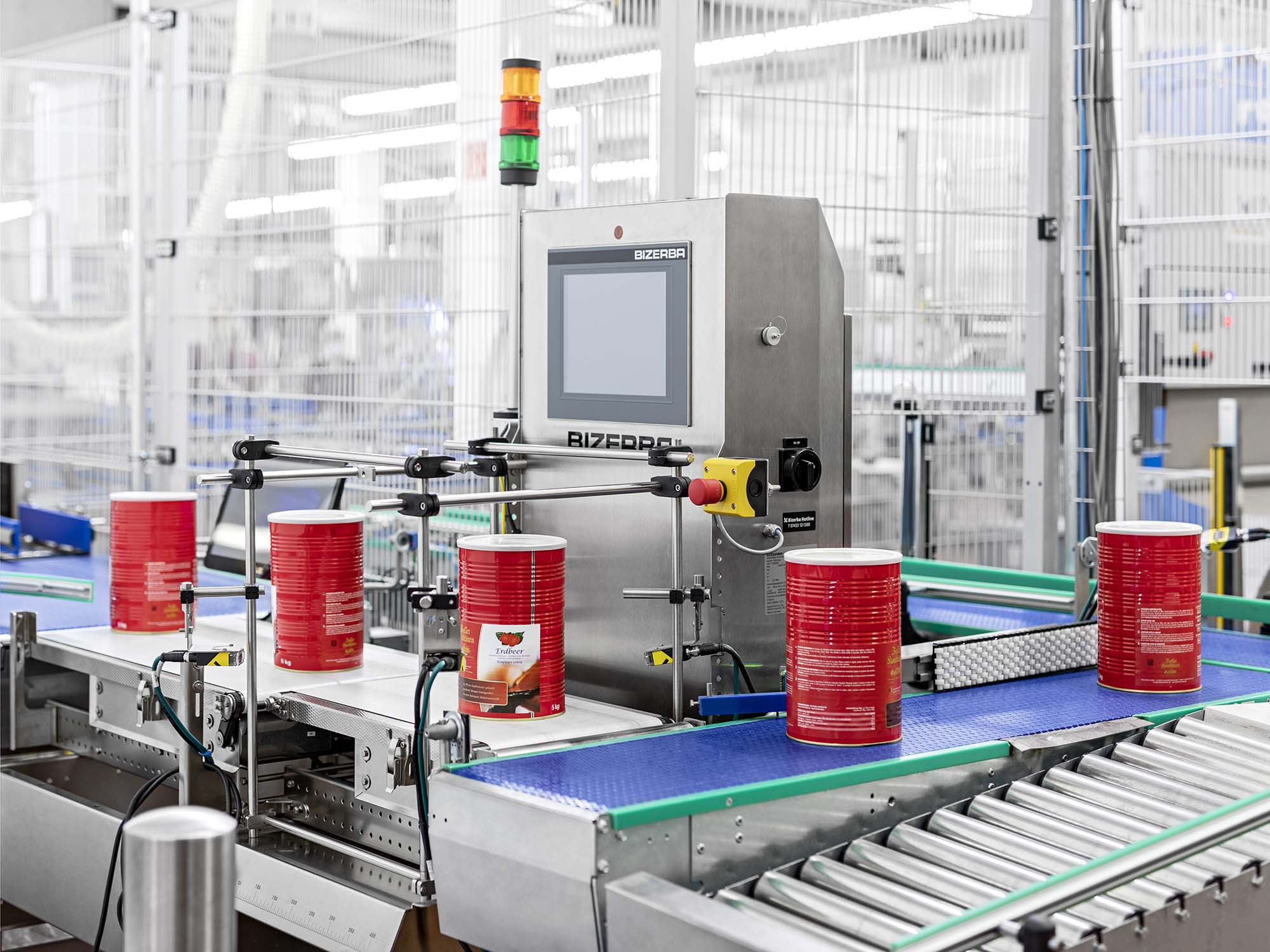
- Founded in 1913
- 80+ staff
- based in Utzenfeld, Germany
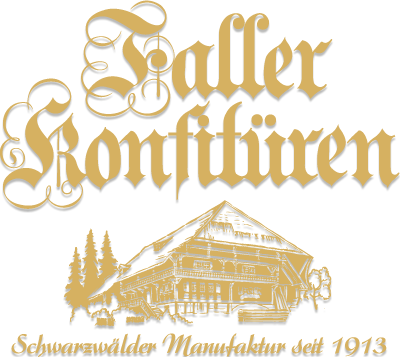
Unique IDs and automatic separation
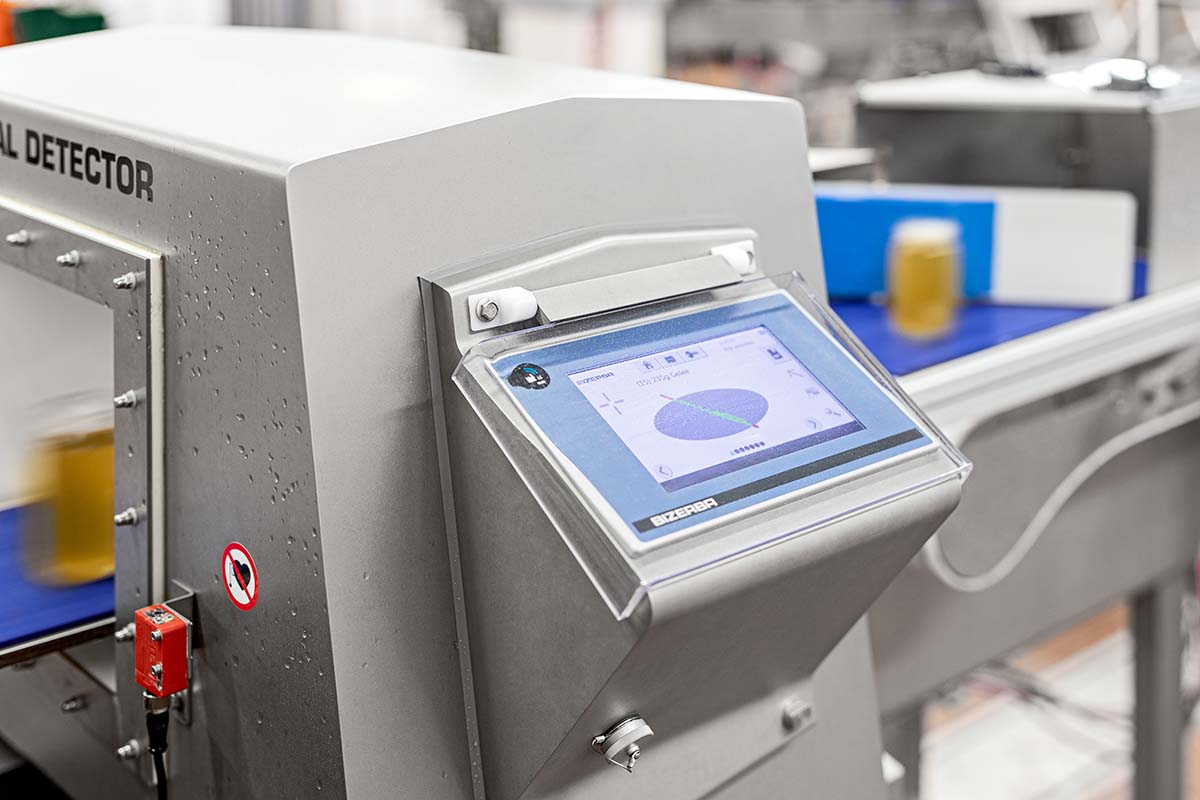
The request was for implementation of a hardware and software solution that could be networked with the existing QM system. Tracking capability, transparency and productivity were to be optimized, while at the same time the capability to reliably monitor packaging requirements. Because Faller operates one production line for jars and another for cans, there is a need for customized solutions to be developed and implemented accordingly.
Stringent packaging requirements
The jars that Faller fills have different tare weights that have to be documented individually per jar as part of packaging requirements. Another challenge is that the glass surfaces are so refined such that the printing ink does not adhere sufficiently to them. Whether it's a jar or a can, packaging with illegible code must be detected and discarded.
A customized, seamlessly networked solution
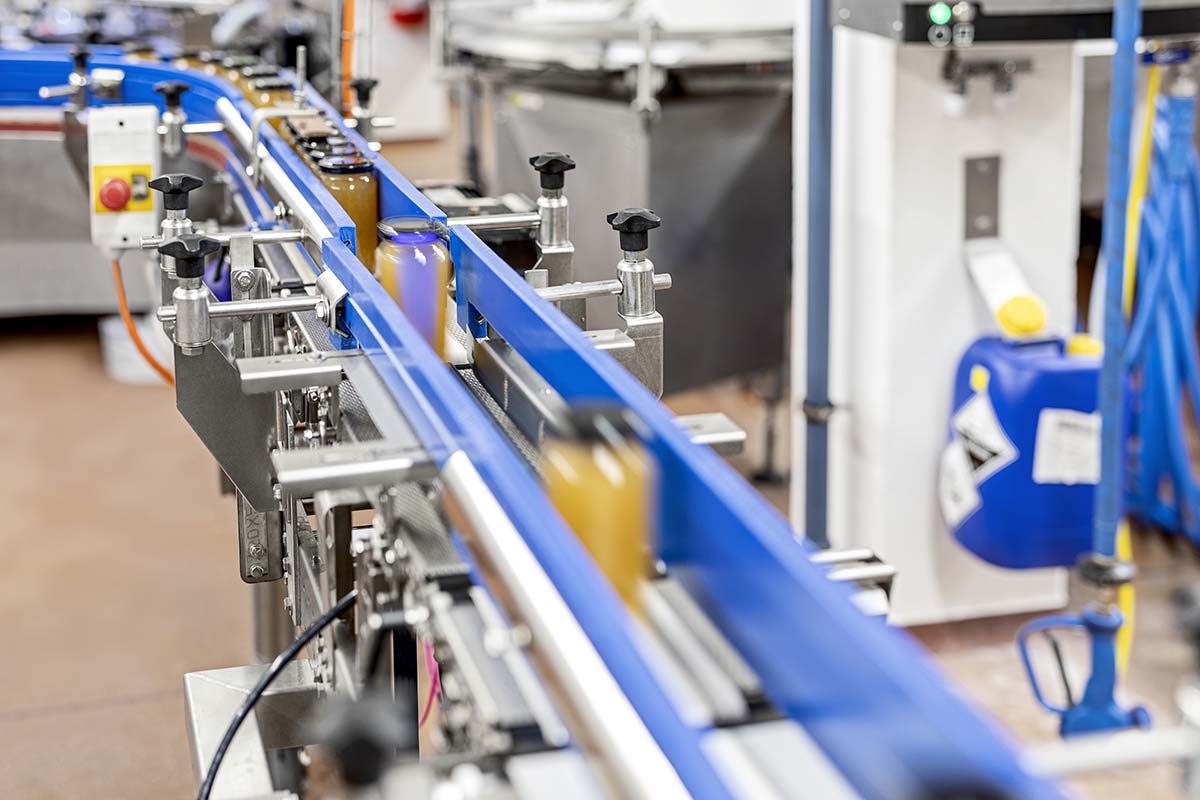
Documentation compliant with packaging requirements receive a serial barcode ID when the jars are guided onto the production line. A suitable printing process was found for the processed glass surfaces so that this printout securely remains in place and also does not become illegible after the jars are washed in a later step. The printed code is scanned as part of testing, the empty jar is weighed on a checkweigher and the results are noted in a separate database.
Automatic rejection in the case of errors
After blowing out, the jars are filled. A metal detector checks them for any contamination and a rejection system removes contaminated products. Uncontaminated jars are sealed. The barcode is then scanned on a second checkweigher - if illegible, the jar is automatically rejected. If the code is legible then the database provides the appropriate barcode ID along with the tare weight. The checkweigher obtains the order number, item, weight of the lid and the nominal fill weight from the QM system. The individual jar tare weight is the basis for precise testing of the nominal fill weight that complies with prepack regulations. Any overweight and underweight jars are discarded. The BRAIN2 Capture app from Bizerba transfers the data to the QM system.
All the data each individual jar
A retroreflective sensor activates the scanner on the checkweigher on the production line for cans. As the cans can turn on the conveyors, it provides four scanners with a full view of the codes printed on the sides. Illegible cans are discarded. If the code is legible then the QM system provides the relevant order and item number. The ID is transferred to the QM system with the order number, article number and weight.
The Bizerba solution has
- checkweighers to determine tare and gross weights Metal detector and rejection systems
- Networking with the QM system via BRAIN2 and BRAIN2Capture
- Integration of printers and scanners to print and read barcode IDs on the jars and cans
Transparency and product safety - one package at a time

Automation and networking means Faller does not just have the highest possible levels of transparency and tracking capability - productivity has increased by 15 per cent. Automatic rejection of containers with metal as a contaminant and illegible codes mean time-consuming manual processes are no longer required.
Protected against product recalls
At the same time, thanks to automation, the company is at far less risk of product recalls due to faulty products, because manual processes and human errors are minimized, effectively preventing the company image from being adversely affected in the eyes of retailers and end consumers, which is a costly consequence of product recalls. Even if a faulty batch is delivered, Faller has all the necessary data required so that recalls are focused only on the actual recipient of the products in question. This significantly limits any potential risk to the company image.
Let’s count
Components
Downloads


